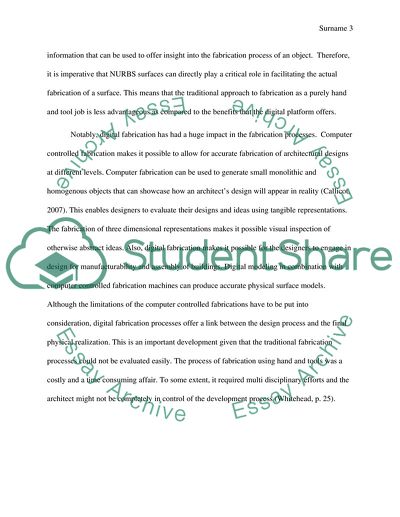Cite this document
(“The Architectural Design of the Broad Art Museum and the Concept of Research Paper”, n.d.)
The Architectural Design of the Broad Art Museum and the Concept of Research Paper. Retrieved from https://studentshare.org/architecture/1791968-influence-of-digital-fabrication-on-design-process
The Architectural Design of the Broad Art Museum and the Concept of Research Paper. Retrieved from https://studentshare.org/architecture/1791968-influence-of-digital-fabrication-on-design-process
(The Architectural Design of the Broad Art Museum and the Concept of Research Paper)
The Architectural Design of the Broad Art Museum and the Concept of Research Paper. https://studentshare.org/architecture/1791968-influence-of-digital-fabrication-on-design-process.
The Architectural Design of the Broad Art Museum and the Concept of Research Paper. https://studentshare.org/architecture/1791968-influence-of-digital-fabrication-on-design-process.
“The Architectural Design of the Broad Art Museum and the Concept of Research Paper”, n.d. https://studentshare.org/architecture/1791968-influence-of-digital-fabrication-on-design-process.


